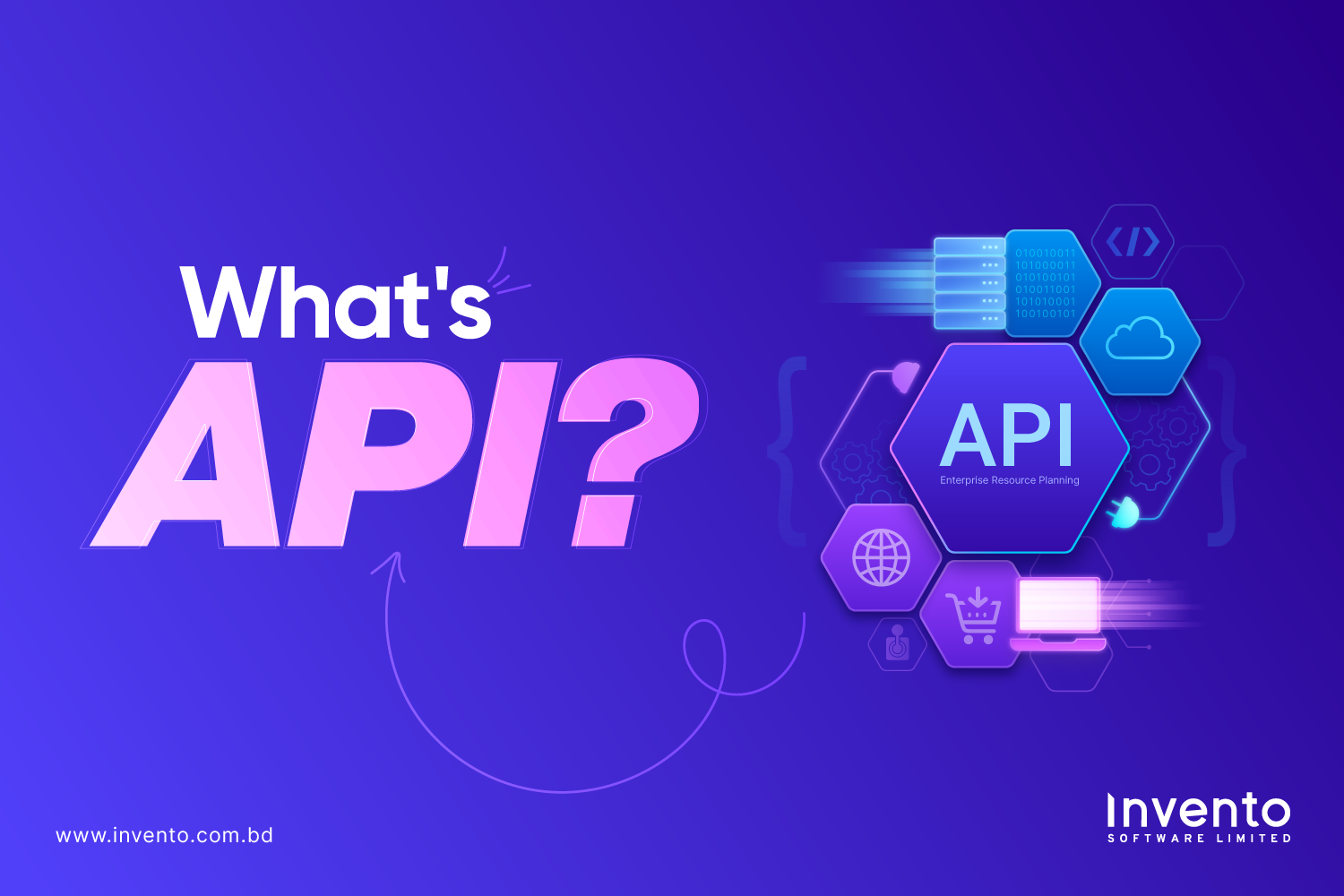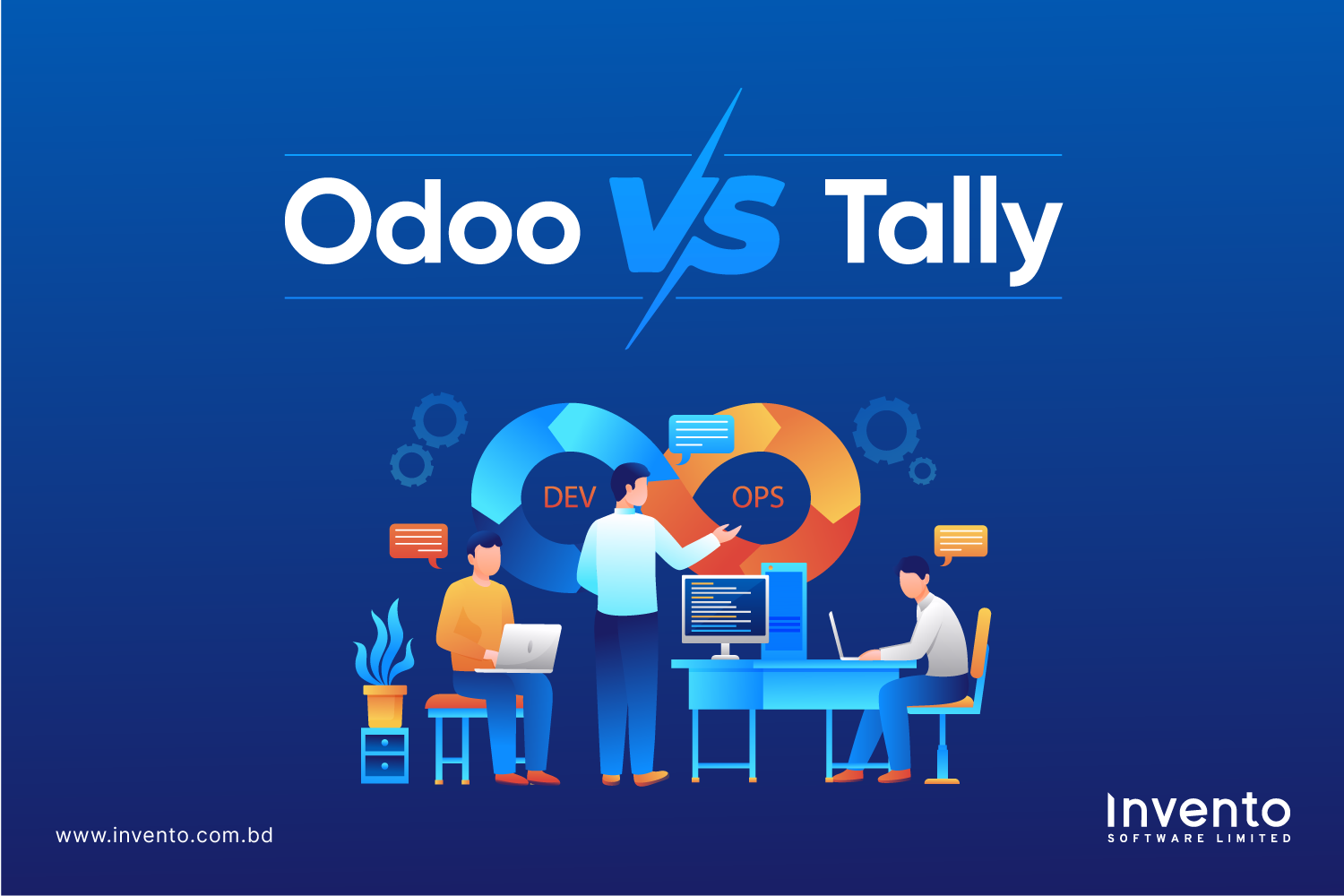APIs power almost every digital experience you use today. From logging in with Google to checking bank balances in an app, APIs quietly move data and commands between systems. This guide explains what an API is, how it works, and why it matters in plain language and with real examples.
What Is an API?
API stands for Application Programming Interface. At its core, an API is a set of rules that lets one piece of software talk to another. In other words, it’s a set of rules and protocols that allows different software applications to communicate with each other. It defines how requests should be made, what data is expected, and how responses will be returned.
Think of an API like a menu in a restaurant. The menu lists dishes you can order. You don’t need to know how the kitchen prepares the food. Similarly, an API lists actions an application can request without exposing the inner workings of the server.
How APIs Work: the Simple Flow
An API request follows a clear, repeatable pattern. First, a client (like a mobile app or website) sends a request to an API endpoint. The API forwards the request to a server or service that processes it. Finally, the server sends a response back through the API to the client.
For example, a weather app requests the current temperature for Dhaka. The app sends that request to a weather API. The API queries the weather service and returns the temperature. The app shows the result to the user.
Why APIs Matter
APIs are the backbone of modern software. They make integration fast and scalable, letting developers reuse features instead of rebuilding them. APIs enable third-party services, automation, and new business models.
Without APIs, each service would be isolated. Apps would duplicate work, development would be slower, and users would have a fractured experience. APIs connect services and make data and functionality available across platforms.
Common Types of APIs
APIs differ by audience and purpose. Use the right type for your needs.
- Public (Open) APIs: Available to external developers and the public. Useful for third-party integrations and platform growth.
- Private (Internal) APIs: Used within an organization to connect internal systems and microservices.
- Partner APIs: Shared with specific business partners under agreed terms and permissions.
- Composite APIs: Aggregate multiple API calls into one response. Useful when an app needs combined data from several services.
These four types cover the most common use cases. Choose the type that fits your security and integration needs.
API Styles and Protocols
APIs follow architectural styles and data formats. The most common ones are REST, GraphQL, SOAP, and gRPC.
REST (Representational State Transfer) is the most popular. It uses standard HTTP methods such as GET, POST, PUT, and DELETE, and usually exchanges JSON data. REST is simple, stateless, and easy to cache.
GraphQL lets clients request exactly the data they need. That reduces over-fetching and under-fetching. It’s beneficial for mobile apps and complex UI needs.
SOAP is an older protocol that uses XML and strict contracts. It remains popular in enterprise systems that require formal messages and built-in security and transaction standards.
gRPC is a high-performance option that uses binary data and Protocol Buffers. It’s ideal for microservices that need fast, low-latency communication.
Common HTTP Methods
- GET: Retrieve data.
- POST: Create new data or trigger actions.
- PUT/PATCH: Update existing data.
- DELETE: Remove data.
These methods map to common CRUD actions (Create, Read, Update, Delete) and form the basic vocabulary for RESTful APIs.
APIs are everywhere. You interact with them dozens of times daily, often without noticing.
When you sign in with Google or Facebook, an API handles authentication. When you pay online through Stripe, PayPal, or a local gateway, an API processes the payment.
When a ride-hailing app shows nearby drivers, it uses mapping and geolocation APIs.
When an e-commerce site shows live shipping rates, it calls carrier APIs to fetch costs.
These examples show how APIs glue systems together and deliver seamless user experiences.
Benefits of APIs for Businesses
APIs are strategic assets, not just technical tools. They help businesses deliver value faster and scale with less friction.
APIs enable faster product development by enabling service reuse. They open new revenue streams through API monetization. They improve business agility by allowing teams to iterate independently. APIs also enable powerful partnerships, where companies extend each other’s offerings through integrations.
For startups and enterprises alike, a solid API strategy can be a competitive advantage.
Security: What to Watch for
APIs expose data and functionality, so security is critical. Badly secured APIs can leak sensitive information or allow unauthorized actions.
Common API security measures include:
- Authentication (confirming the requester’s identity) via OAuth, JWTs, or API keys.
- Authorization (controlling what an authenticated user may do).
- Rate limiting to prevent abuse and denial-of-service attacks.
- Input validation to avoid injection attacks or malformed requests.
- Encryption (TLS/HTTPS) to protect data in transit.
Treat API security as part of your design, not an afterthought.
Versioning and Backward Compatibility
APIs evolve over time. Breaking changes can disrupt clients that depend on older behavior. That’s where versioning matters.
Common versioning approaches include path versioning, header-based versioning, or semantic versioning for client libraries. Communicate changes clearly and provide migration guides. Support old versions long enough for consumers to upgrade safely.
Versioning reduces friction and keeps integrations stable.
Documentation and Developer Experience
Good documentation makes an API useful. Developers rely on docs to understand endpoints, request formats, response shapes, error codes, and rate limits.
Include examples, sample code, and interactive tools like Swagger or Postman collections. A developer portal with quickstart guides, SDKs, and FAQs improves adoption and reduces support overhead.
Developer experience is a first-class product when you offer an API.
Monitoring and Observability
APIs should be monitored continuously. Track latency, error rates, throughput, and user behavior. Logging and tracing help you identify issues and optimize performance.
Set up alerts for unusual spikes or failures. Use dashboards to visualize trends and capacity. Observability helps keep your API reliable and performant at scale.
Common Challenges in Building APIs
APIs bring power and complexity. Teams often face similar problems.
Maintaining compatibility across versions can be hard. Managing security across many endpoints requires discipline. Performance issues emerge when too many services call each other inefficiently. Dependencies on third-party APIs can introduce outages or policy changes beyond your control.
Planning, testing, and strong operational practices reduce these risks.
Best Practices
- Design APIs around resources and clear contracts.
- Use consistent naming and response formats.
- Provide thorough, example-rich documentation.
- Secure every endpoint and enforce least privilege.
- Version your API and communicate deprecations early.
- Monitor usage and set reasonable rate limits.
- Offer SDKs or client libraries for common languages.
Use these practices as a starting point to build robust, developer-friendly APIs.
When to Build vs. When to Integrate
Not everything needs a custom API. Evaluate whether building an API adds strategic value or if integrating an existing API is faster and cheaper.
Build when you need control over business logic, data ownership, or a unique platform capability. Integrate when a third-party service already delivers the needed feature reliably and balance speed, cost, ownership, and long-term strategy when you decide.
The future of APIs
APIs will keep evolving as systems get smarter and more distributed. Expect tighter integration with AI, more dynamic API contracts, and improved automation for API design and testing. Serverless and event-driven patterns will further shift how APIs are used for asynchronous workflows.
APIs will remain the glue that holds modern architectures together.
Final Thought
APIs are simple in concept but powerful in practice. They let applications communicate, enable fast product development, and unlock partnerships and automation. Good APIs are secure, well-documented, and designed with developers in mind.
At Invento Software Limited, we build scalable and secure API solutions that help businesses integrate, automate, and grow. If you need help designing or integrating APIs, our engineering and product teams can guide you from planning to production.







